It is well-established knowledge regarding Tier 1 and Tier 2 special forces, but what constitutes Tier 3? The United States has exhibited a strong interest in U.S. Navy SEALs and Military Special Operations Forces since Operation Neptune Spear (the raid on Osama Bin Laden). Informally, three tiers classify units within the hierarchy of United States military special operations forces.
Introduction
It is important to note that the United States Military uses no official system to rank their Special Operations units based on effectiveness, missions, capabilities, training, or security level. Furthermore, the use of “Tier” in such a non-existent ranking system is not endorsed by the Department of Defense manual on terms.
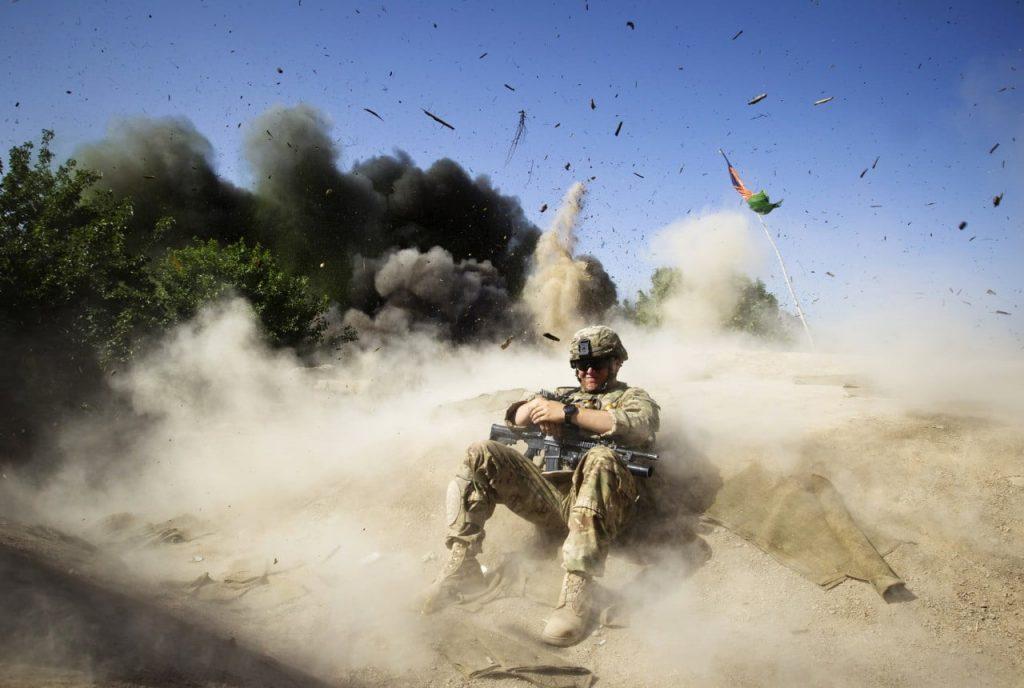
The Tier system, devised by JSOC (Joint Special Operations Command), categorizes military units within the United States. Tier 1 is designated for the elite units. Tier 2 is for regular special operations forces units such as Navy SEALs, and Tier 3 is earmarked for large, conventional warfare units.
While the origin of the Tier system is tied to funding, with Tier 1 units receiving the most funding and Tier 3 units receiving the least, it has evolved to be associated with unit prestige and skill. It should be noted that this is not an official classification and does not determine the prestige of a unit.
Tier 3 forces are seen as significant and conventional warfare units, with the largest number of personnel and the lowest level of funding compared to the lower Tiers. Their training is typically considered more “basic” than Tier 2 and Tier 1 units.
Tier 3 units
Tier 3, called “White,” comprises prominent infantry support elements. These units are not special forces, but they provide extensive support in terms of manpower for large-scale engagements. Some examples are:
- US Army’s 10th Mountain Division
- 82nd Airborne Division
- 101st Airborne Division
- Marine Corps Recon Battalions
- Force Recon Companies
- MEU(SOC)
- Navy Riverine
- Air Force 142nd Fighter Wing
- 147th Reconnaissance Wing
The “hammer” in the analogy of “Hammer and Scalpel” is often associated with Tier 3 units, as they bring significant firepower to the fight.


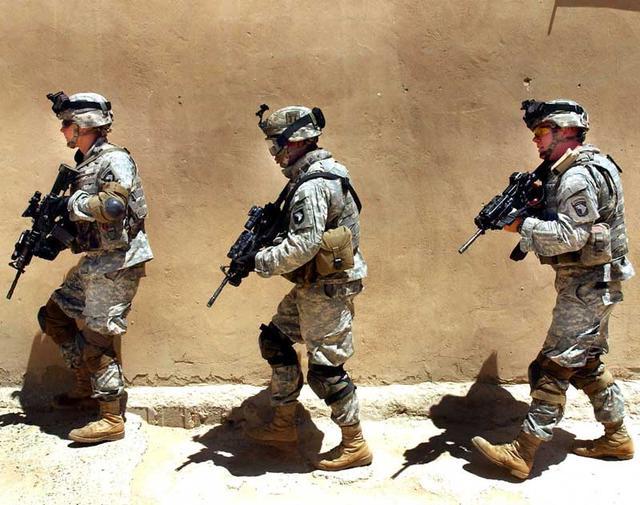
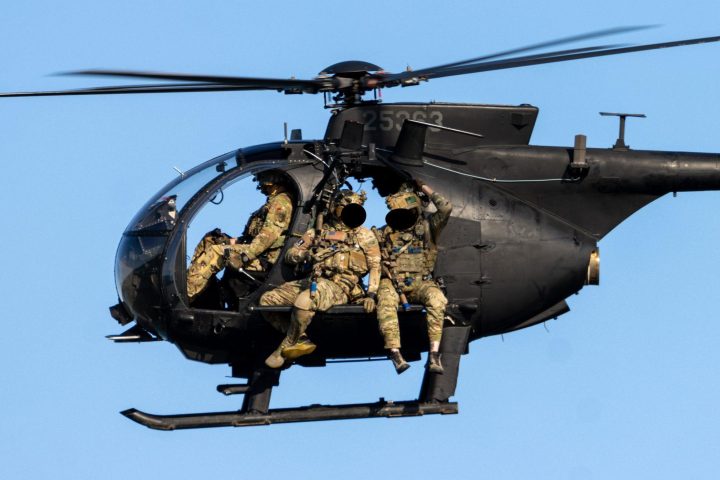

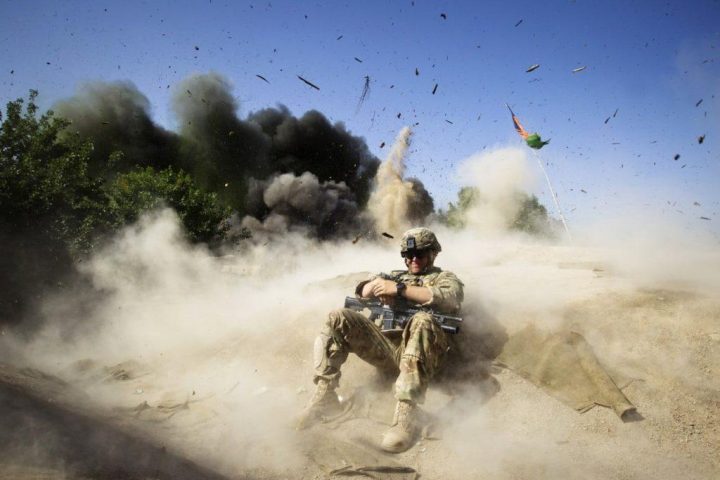
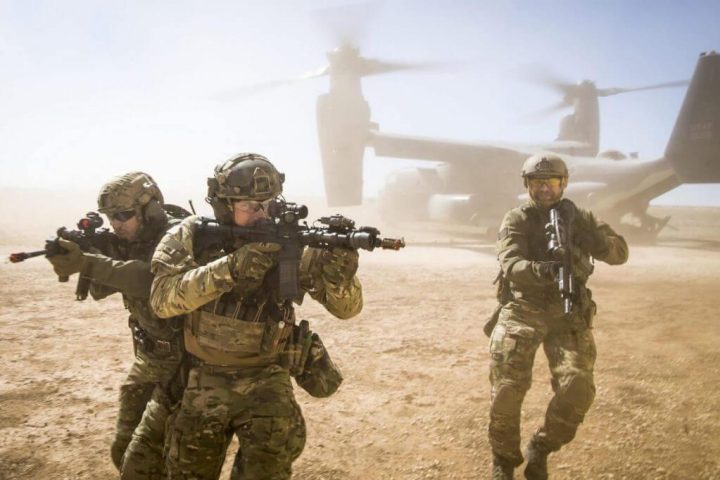
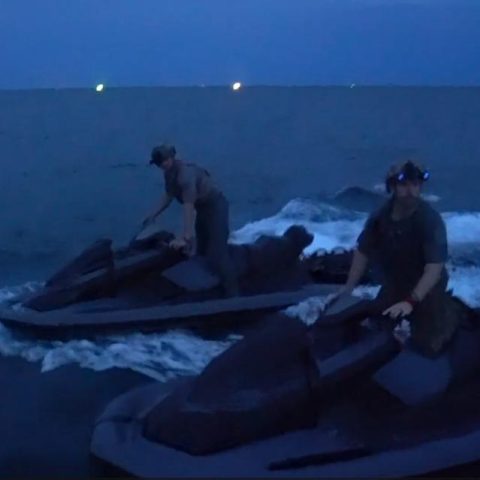
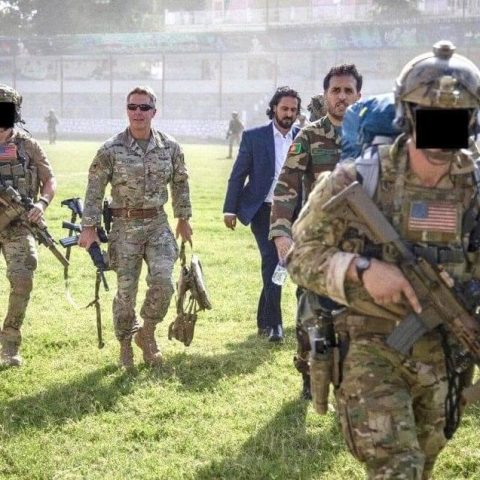
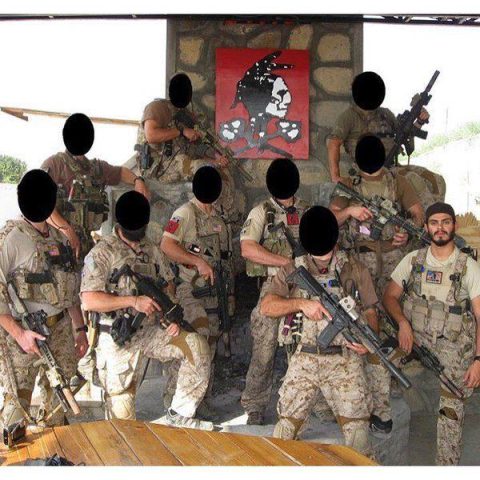
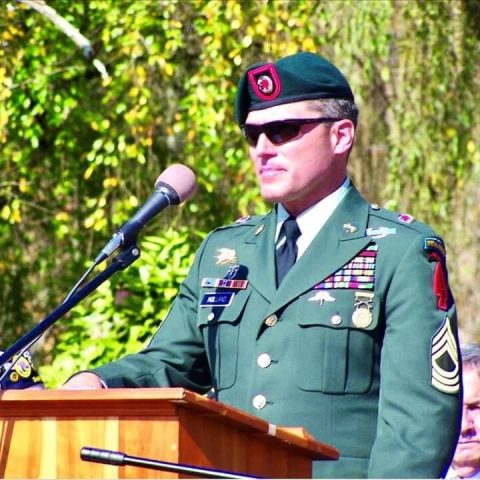
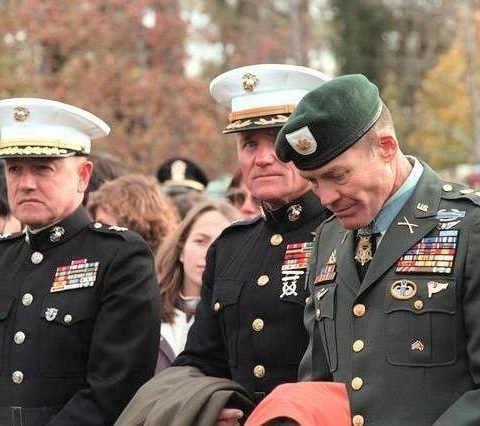
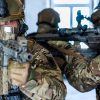
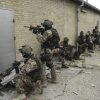
To reply to Ben Spolarich- USN, ret July 9, 2021 at 11:41 pm: I concur that Force Recon training is on par as Tier 2 SOF Units but they do not fall under SOCOM so therefore they’re Tier 3. Force Recon Companies is the Marine Expeditionary Forces’ asset whereas Recon Battalions are the Marine Divisions’ asset. Also, MARSOC Raiders was birth from Force Recon in 2006.
The only Marine Corps units that are missing from Tier 3 is Air/Naval Gunfire Liaison Companies which are also Marine Expeditionary Forces assets that provide Liaison the MEFs and other U.S. services’ Specialized Conventional Units or Partnered Nations’ SOF Teams while providing Fire Support when needed. Also, our Radio Recon Teams and Counterintelligence HUMINT Teams.
reply to 21 T. Tier 1 is not any better than Tier 2 or Tier 3… maybe they are no short in patriotism. but when it comes to skill set and training, Tier 1 definitely better than Tier 2. Tier 2 out beats Tier 3 on everything. Tier 1 go through psy train and hand picked from Tiers 2 who has more than 7 years of Tier 2 experience. basically, you are saying Navy SEAL DevGru is no better than Army mountain division? mountain division guys will laugh hard but thank you.
I was a grunt Marine during OIF and OEF, and I gotta admit the Green Berets and a uniquely few (platoon sized) unit within Delta that would make your highly overrated Seal teams looks like National guardsmen…now as
Much as I hate to admit, Raiders are just a little below Delta Det. And Berets But above or equal to any Seal Teams…overly mediatised, overrated cuz of Ben laden raid (which a source close to Socom told me that Seals had to do it cuz other elite Socom operatives were busy with other things)… I do not like that Tier 1/2/3s term cuz it unfairly put and separate all the Socom community like separate cows or pigs by a farmer…the rangers are definitely tier 3 for me but 101, 82nd and Mountain Div, are no better than us Marine grunts, honestly. And even at that I’d put Marine MAGTF superior to them cuz we get half the gear the Airborne get and we always fight first and move on, airborne come after to clean up and occupy…
From someone outside your military world, any trustworthy links to explain difference between the units? Jurisdiction, types of missions? I’ll never negatively judge those who serve, whether military or first responder. God bless every one of you
I was in a Battalion Scout Platoon in the 101st back in the early GWOT. The Tier thing is silly. If you did the work, the guys you served with know who and what you are. The rest is just rehearsal info for airsofters.
I’ve met some crack marine grunts, and some shit bags. Army SOF seems like the easiest to work with and most professional. SEALs are legit, but the ones I met were cherry af dicks. But that’s kinda the gig right? Those Delta and Team 6 guys are a cut above, for sure. Even training with their retirees is an eye opener. Idk… Their always rewriting this pecking order shit. GWOT was the big show for SOF, but I loved my unit, our mission, and I’ve never felt the need to sweat who’s better or worse.
As for the Force Recon debate, I don’t know them. Their STA teams seem similar to our LRRS teams, but I’ve never met any of them.
The tier system is just a vague way to determine level of training each unit has.
Imagine a boot navy seal compare to 15 year basic marine infantryman. The marine is way more qualified at for an operation than a boot Seal.
Don’t forget the Coast Guard. In peace time which admittedly we haven’t had much of lately they see more action than the average grunt, dealing with smuggling, trafficking, immigration, and drug runners etc. What tier do they fall under?